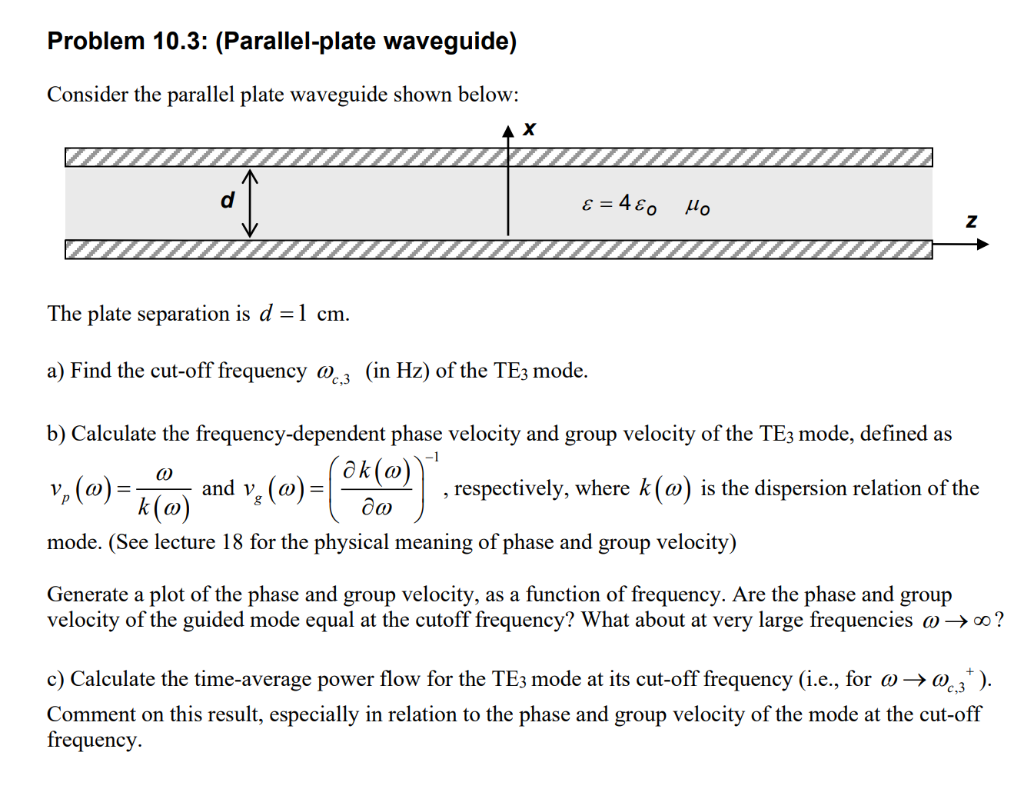

There is no physical law that requires equal transit times, i.e.This explanation has a number of fallacies: along a streamline an increasing pressure gradient causes the flow speed to decrease and vice versa, is then invoked to deduce that the speed differential creates a pressure differential between the top and bottom surfaces, which invariably pushes the wing up. For this to occur, the airflow over the longer top surface must be travelling faster than the air flowing over the bottom surface. This theory assumes that the individual packets of air flowing across the top and bottom surfaces must reach the trailing edge of the airfoil at the same time. The first explanation of lift that I came across as a middle school student was the theory of “Equal Transit Times”. Keeping this definition in mind, let’s investigate some popular theories about how aircraft create lift.

The diversity of phenomena the theory can explain, including phenomena that other theories could not explain.The simplicity of its assumptions, ideally as few as possible.In science, the simplicity of a theory is a hallmark of its elegance. According to Einstein (or Louis Zukofsky or Roger Sessions or William of Ockham… I give up, who knows), “everything should be made as simple as possible, but not simpler.” Hence, the strength of a theory is related to: In fact, the theory that requires the simplest assumptions and least abstraction is typically considered to be the most useful. This is not necessarily because more advanced theories are harder to understand or require a lot maths. Most importantly, the equal transit time theory, explained further below, is taught in many school textbooks and therefore instils faulty intuitions about lift very early on. Just throughout my time in school and university, I have been confronted with several different explanations of how wings create lift. Given its importance to flight, it is surprising how many different and oftentimes wrong explanations are being perpetuated online and in textbooks. How airplanes fly is one of the most fundamental questions in aerospace engineering.


 0 kommentar(er)
0 kommentar(er)
